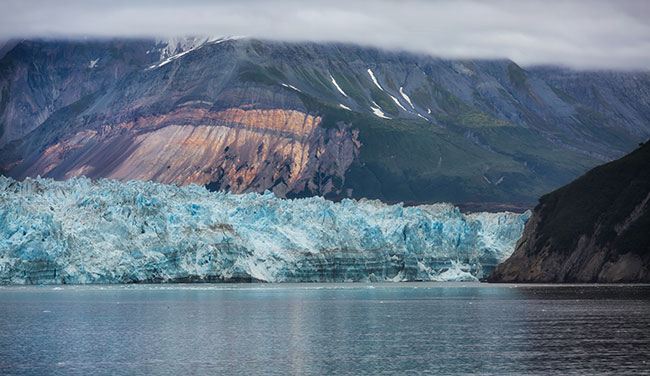
Fish keep ‘warm’ in frigid Alaskan waters
March 29, 2023
By Julia Hollister
 Photo top left: © John McQuiston / Adobe Stock
Photo top left: © John McQuiston / Adobe Stock When the Alaskan “freeze up” begins in September, humans hunker down, but what about fish survival?
Biologists agree the answer to fish survival in climate extremes of the Subarctic and Arctic streams, rivers, and lakes ecosystems is a product of evolution resulting in “many morphological, behavioral, and physiological adaptations”.
J.B.Reynolds’, Ecology of Overwintering Fishes in Alaska Freshwaters, states that one of the main responses for winter survival to fish of all life stages is migration to a habitat, “either within a system (e.g. movement from upriver to lower river reaches) or among systems (e.g. marine to freshwater) that provide refuge from freezing.” These conditions generally create situations where fish activity and energy use is significantly decreased throughout the winter until seasonal conditions warm and food resources become available.
The adult Alaskan Arctic Grayling is an example of a freshwater fish that makes seasonal migrations to wintering habitat seeking deeper riverine waters with stable flow and temperature relative to summer breeding and feeding in smaller tributaries. This migratory strategy is common to other Alaskan fish species overwintering in freshwater.
Alaskan freshwater fish come in a variety of shapes and sizes from the newly hatched (a few millimeters) up to adult fish (a few centimeters to over one meter). Each species has its own tactics for survival and occupy unique habitat suited for their survival during all seasons of the year.
Moyle, P. B. and J.J. Cech in their book, Fishes, An Introduction to Ichthyology, states kidneys do not impart heat that would make a noticeable temperature difference in a physiological context in Alaskan freshwater species.
“Most fish, as cold-blooded vertebrates or ectotherms, resemble the temperature of their environments very closely because of metabolic heat losses via the skin or gills. The low rate of metabolic heat production, compared with mammals, and the high heat capacity of water result in continuous heat losses and cool bodies for most fish.”
Advertisement
- Northwest Aquaculture Alliance appoints member to its board of directors
- More than a job: Can sea scallop help preserve the working waterfront?





